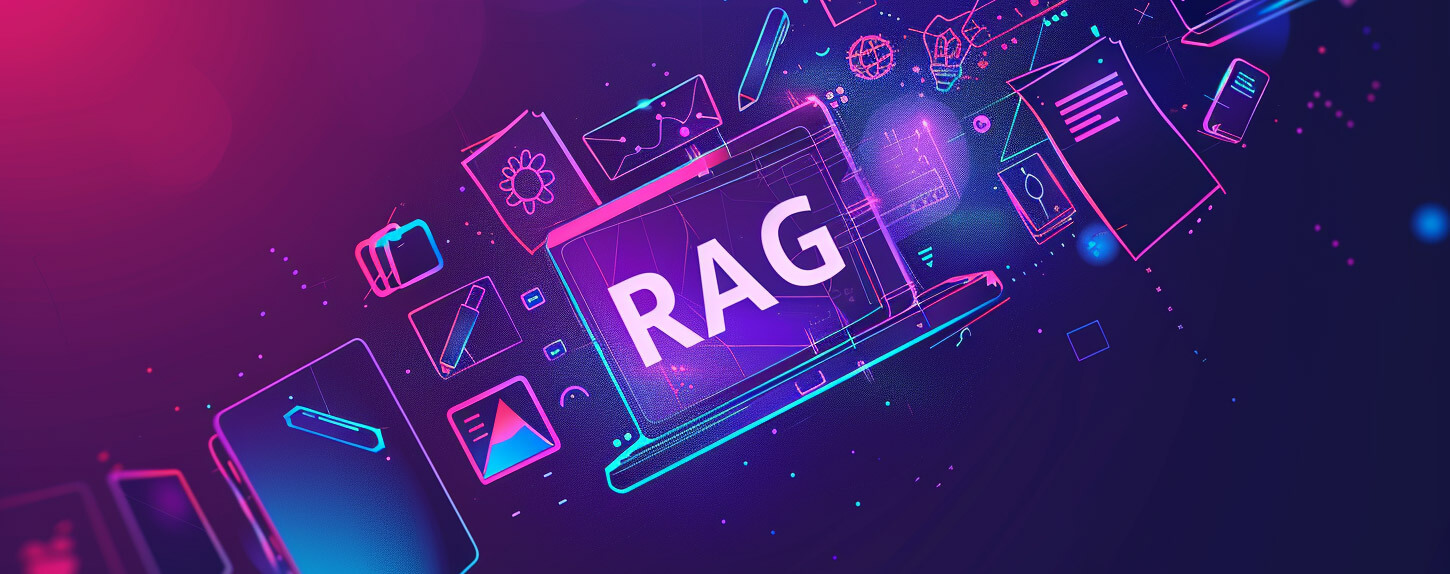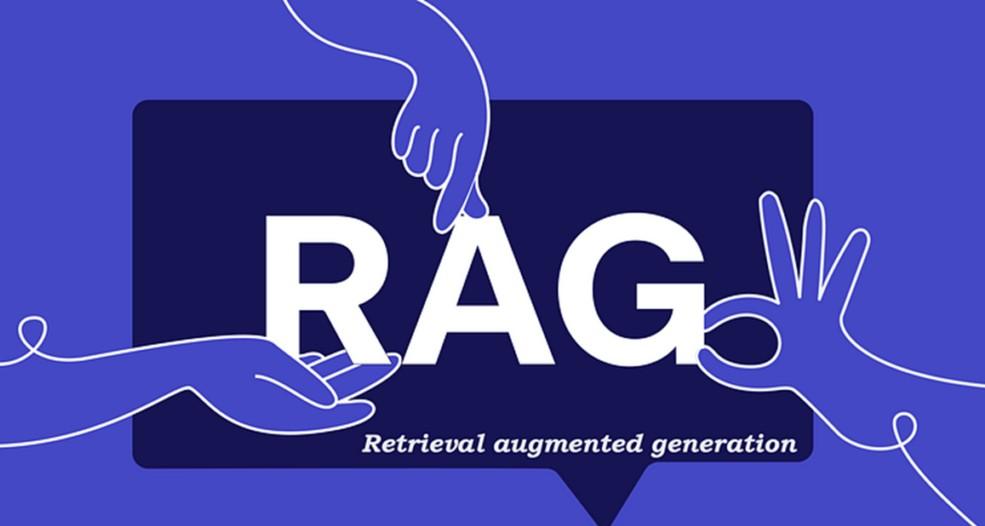The field of artificial intelligence (AI) is evolving rapidly, and one of the most transformative innovations is Retrieval Augmented Generation (RAG). This cutting-edge technique blends information retrieval with generative AI models to deliver more accurate, context-aware, and reliable results. Companies like Geniusee, known for their expertise in software product development services, are leveraging such advancements to create robust, scalable solutions.
What Is Retrieval Augmented Generation?
Retrieval Augmented Generation (RAG) https://geniusee.com/retrieval-augmented-generation is a framework that combines two core components of AI:
-
Information Retrieval: The process of searching and retrieving relevant data from a pre-existing knowledge base.
-
Generative Models: AI models capable of generating coherent and contextually relevant content based on input prompts.
By merging these two approaches, RAG ensures that generative models have access to up-to-date, relevant information, significantly improving their output quality. Unlike standalone generative AI, which relies solely on training data, RAG incorporates external knowledge dynamically, enhancing its performance.
How Does RAG Work?
RAG operates in three main steps:
-
Query Input: A user inputs a query or prompt.
-
Data Retrieval: The system searches an external database or knowledge repository to retrieve the most relevant information.
-
Content Generation: The retrieved information is then passed to the generative AI model, which uses it to generate an informed, context-rich response.

This seamless integration ensures that the generative output is not only coherent but also factually accurate, addressing one of the major limitations of traditional AI models.
Benefits of RAG in Modern AI Applications
Enhanced Accuracy and Relevance
RAG reduces the risk of "hallucination," a common issue in AI models where the generated content is plausible but factually incorrect. By grounding outputs in real-world data, RAG ensures responses are both accurate and relevant.
Scalability and Efficiency
By utilizing a modular approach, RAG systems can scale effortlessly. Companies like Geniusee can integrate RAG into various applications, from chatbots to recommendation systems, enabling efficient and scalable solutions tailored to diverse business needs.
Real-Time Knowledge Integration
Traditional generative models rely on pre-trained data, which can become outdated. RAG solves this by dynamically integrating real-time information, making it invaluable for industries like finance, healthcare, and e-commerce, where up-to-date data is crucial.
Improved User Experience
RAG-powered applications provide more precise and context-aware responses, significantly enhancing user satisfaction. Whether it's a virtual assistant or a customer support bot, RAG ensures a seamless and efficient user experience.
Applications of RAG in Various Industries
Healthcare
In the healthcare sector, RAG can assist in diagnosing diseases, recommending treatments, and providing patients with accurate medical information. By accessing real-time medical databases, RAG ensures that healthcare professionals and patients receive the most up-to-date knowledge.
E-commerce
RAG enhances product recommendation systems by retrieving and analyzing customer preferences and product details. This leads to personalized shopping experiences, boosting customer engagement and sales.
Education
Educational platforms can leverage RAG to provide students with accurate and comprehensive answers to their queries. By integrating real-time access to academic resources, RAG makes learning more interactive and engaging.
Financial Services
RAG is revolutionizing financial advisory systems by delivering accurate and timely information about market trends, investment options, and risk assessments. This helps businesses and individuals make informed financial decisions.
How Geniusee Integrates RAG in Software Development
Geniusee, a leader in software product development services, is at the forefront of implementing RAG in modern applications. Their approach focuses on:
-
Custom Development: Creating tailored solutions that incorporate RAG to meet specific client needs.
-
Integration Expertise: Seamlessly integrating RAG into existing systems, ensuring compatibility and enhanced performance.
-
Continuous Support: Providing ongoing maintenance and updates to keep RAG systems aligned with evolving industry requirements.
By leveraging RAG, Geniusee helps businesses unlock the full potential of AI, enabling them to stay competitive in an increasingly data-driven world.
Challenges and Future of RAG
Challenges
While RAG offers numerous advantages, it’s not without challenges. These include:
-
Data Privacy: Ensuring that retrieved data complies with privacy regulations.
-
System Complexity: Building and maintaining RAG systems require advanced technical expertise.
-
Performance Optimization: Balancing retrieval and generation processes to maintain efficiency.
Future Prospects
The future of RAG is promising, with ongoing advancements in natural language processing (NLP) and machine learning. As AI models become more sophisticated, RAG is expected to play a pivotal role in:
-
Enhancing conversational AI systems.
-
Improving decision-making tools across industries.
-
Expanding real-time applications in dynamic environments.
Conclusion
Retrieval Augmented Generation is a transformative innovation in the AI landscape, addressing the limitations of traditional generative models while unlocking new possibilities for real-time, context-aware applications. Companies like Geniusee are leading the way by integrating RAG into cutting-edge software solutions, driving efficiency and accuracy across various industries. As RAG continues to evolve, it holds immense potential to redefine how businesses and individuals interact with AI.


